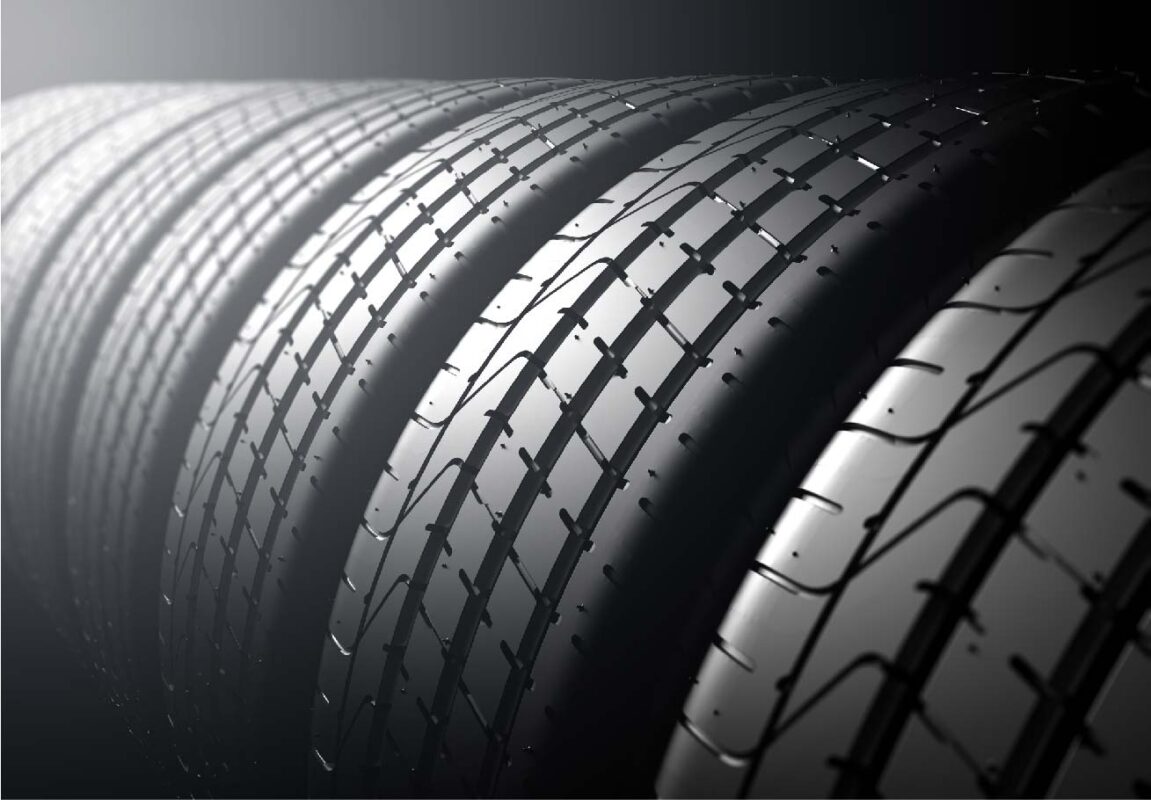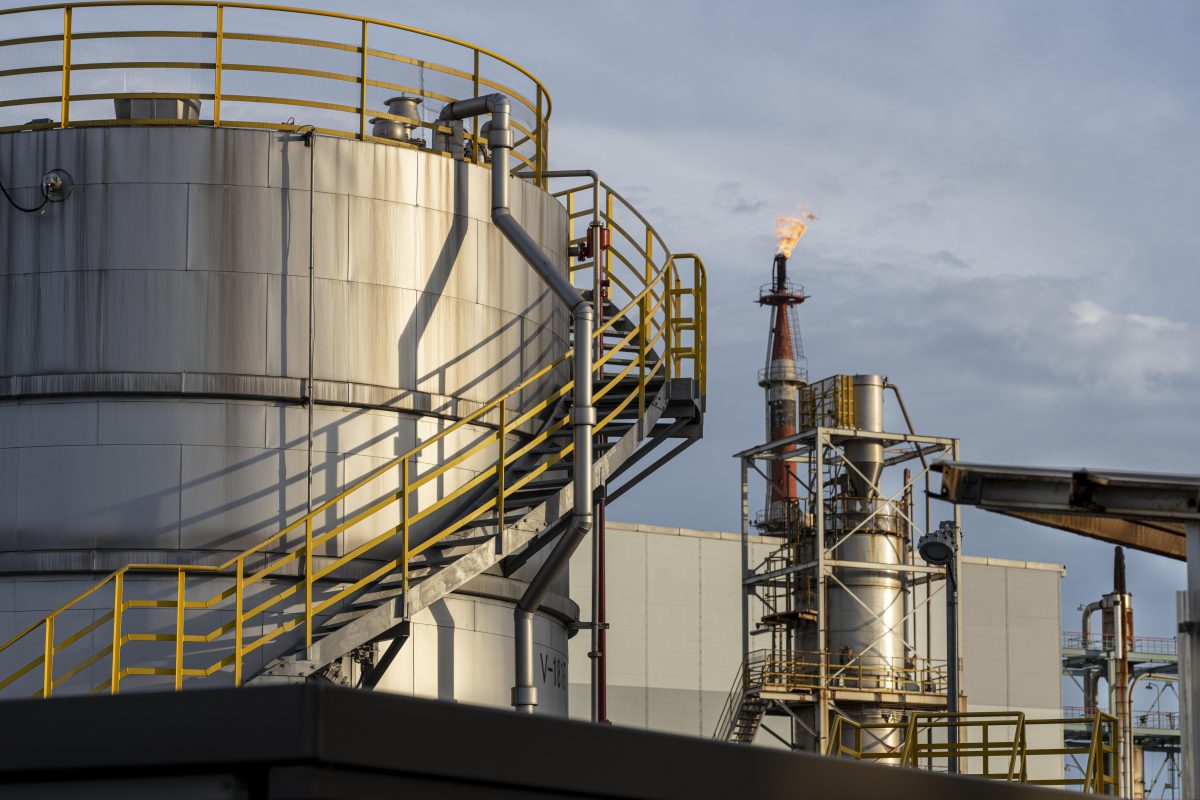Brazilian President Luiz Inacio Lula da Silva is pressuring the country’s environmental regulators to approve oil drilling near the mouth of the Amazon River, arguing that revenue from this new fossil fuel supply could help finance a transition to green energy. Located in the Equatorial Margin, the offshore site, Bloc 59, is about 160 kilometers (99 miles) off Brazil’s eastern coast. Brazil’s environmental regulator rejected a license in 2023, citing issues such as the risk of oil spills that could affect one of the world’s most biodiverse regions. State-run oil giant Petrobras (NYSE:PBR) estimates the potential reserves in the basin at 10 billion barrels.
“I want it (oil) to be explored. But before exploring, we need to research and see if there is oil and how much oil there is,” Lula said during an interview with radio station Diario. “What we can’t do is stay in this endless chatter that drags and drags—Ibama is a government agency, but it seems like it’s working against the government.”
Lula claims that he aspires to make Brazil a leader in the fight against climate change, but has fiercely defended oil exploration as key to the growth of the economy. Lula’s oil ambitions come at a time when the country has seen its output surge. Global research and consultancy group Wood Mackenzie has predicted that Brazil’s private oil companies will increase oil production by 75% from 1.22 mb/d to 2.12 mb/d by 2030. According to WoodMac, international oil companies such as Shell Plc (NYSE:SHEL), Equinor ASA, (NYSE:EQNR), TotalEnergies SE (NYSE:TTE), Repsol Sinopec Brasil S.A. and Petrogal will be among the top producers thanks to their partnership with Petrobras in the pre-salt and fields under development. Brazil’s oil and gas production has hit the highest level ever, with oil output increasing 18.6% Y/Y to 3.51 million barrels per day while natural gas production grew 13.6% Y/Y to 154.08 million cubic meters per day.
Source: Oilprice.com, Published: Feb 17, 2025



